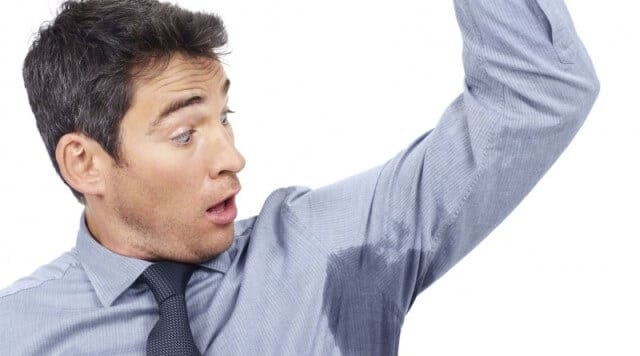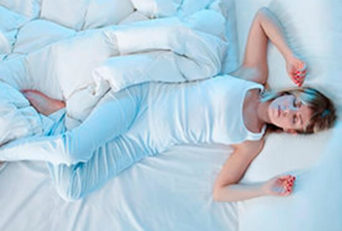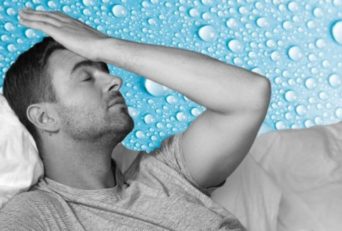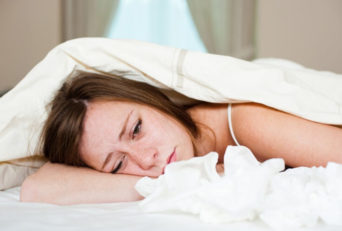Sweating sickness also known as “English Sweate” or “English Sweating Sickness” was a mysterious and highly contagious disease originating in England, which later spread to Continental Europe in a series of epidemics beginning in 1485.
The mysterious nature of the disease is attributed to the fact that the cause of the disease remains unknown till date and the disease vanished after its last outbreak in 1551. The disease appeared first in 1485 and had spells in 1508, 1517, 1528, and 1551
It was confined to England but during 1528–29, it spread to the European continent, originating in Hamburg and travelling towards the north to Scandinavia and in the east to Lithuania, Poland, Russia, and Netherlands.The disease did not spread to France or Italy.
The disease affected everyone irrespective of their age, sex or health. The onset of the symptoms was sudden and drastic, often leading to death within a few hours of contracting the disease.
The outbreaks of the disease lasted only for a few weeks, but they had a high mortality rate and claimed several thousands of lives. The only historical source of information about the disease was provided by the Physician John Caius.
He was practicing in Shrewsbury in 1551 when the epidemic had occurred. All the observations, symptoms, supposed causes are described in his detailed account: A Boke or CounseillAgainst, the Disease Commonly, Called the Sweate or SweatyngSicknesse.
Table of Contents
Symptoms Of Sweating Sickness

The symptoms often took a very drastic turn, leading to death within a few hours of contracting the disease.
Sweating Sickness usually occurred in late spring, summer and early autumn. The disease usually began very suddenly with a sense of apprehension, followed by rigours, giddiness, cold shivers, headache and severe pains in the shoulders, neck, and limbs, with great fatigue.
The disease had stages.
The initial cold stage, which lasted from half an hour to three hours which was followed by the hot and sweating stage.
In the final stages, there was either great fatigue and collapse, or an irresistible urge to sleep, which John Caius noted to be fatal if the patient was permitted to sleep. The distinctive sweat broke out suddenly without any cause.
A Headache, delirium, rapid pulse, and intense thirst accompanied the sweating. Palpitation and pain in the heart were symptoms. One attack did not guarantee immunity and many patients suffered several bouts before succumbing to the disease.
Cause Of Sweating Sickness

The cause of the disease is still unknown, but Caius and other commentators attribute it to poor sanitation and hygiene, sewage and contaminated water supply during that period.
Since the epidemic occurred in late spring or summer, it could have been caused by insects. Relapsing Fever could also be a probable cause. It is a disease which occurs in the summer months and is caused by ticks and lice.
However, Relapsing fever is indicated by a black scab at the site of the tick bite and rashes on the skin. Since the symptoms coincided with those of the Hantavirus Pulmonary Syndrome, scientists proposed an unknown Hantavirus to be the cause.
In its three major outbreaks, Sweating Fever has claimed numerous lives. It seemed to be more infectious among the higher classes. Many prominent figures such as Prince Arthur, Anne Boleyn, William Carey and many members of Henry’s court.
The last outbreak occurred in 1551, and the disease was never seen again in England after 1578.
Anakin illness known as the Picardy Sweat frequently occurred in France during 1718-1908. It had symptoms resembling those of the Sweating Fever. However, it only consisted of a rash on the skin which lasted for a week. Picardy Sweat had a lower mortality rate.
At that time, there was also a question that can anxiety cause excessive sweating. There were panic attacks too.
Thus, the unknown cause, unpredictable symptoms and the disappearance of the Sweating Fever has confounded scientists for several years.
You can also try herbal remedies to reduce the excessive sweating. These will give your body a cooling effect and prevents sweat glands from producing more sweat.






